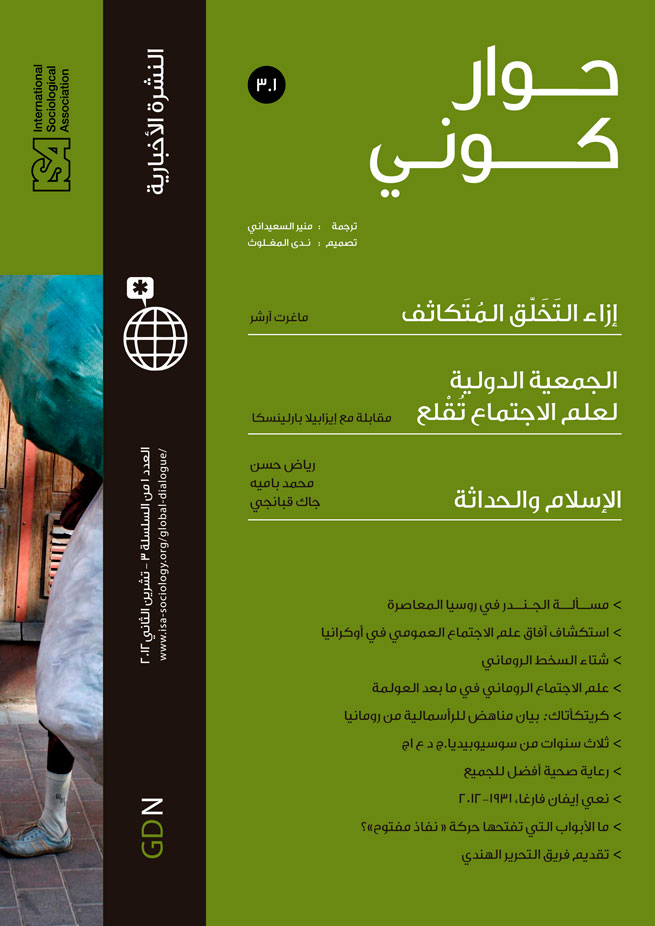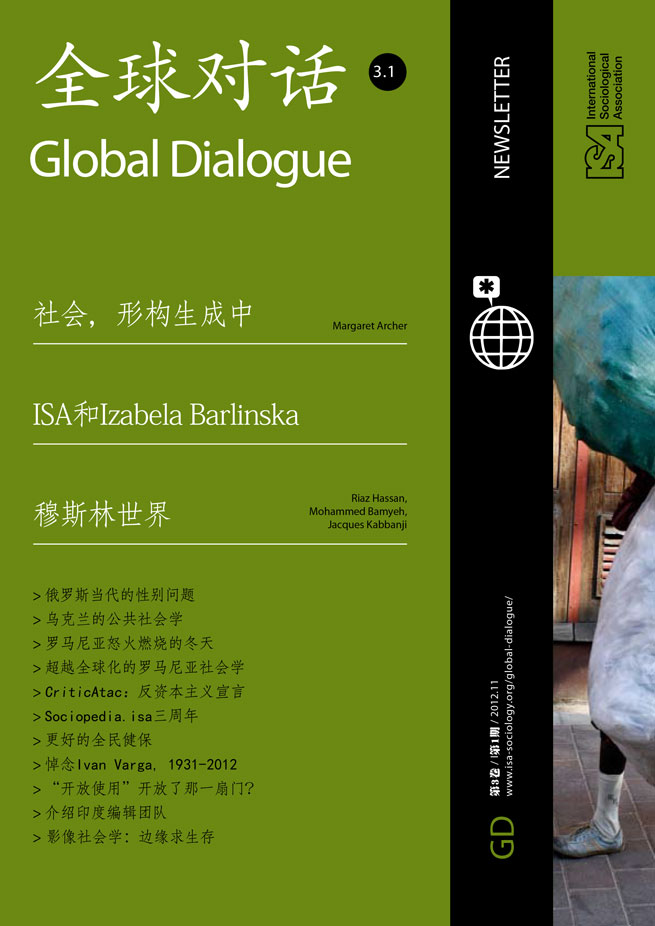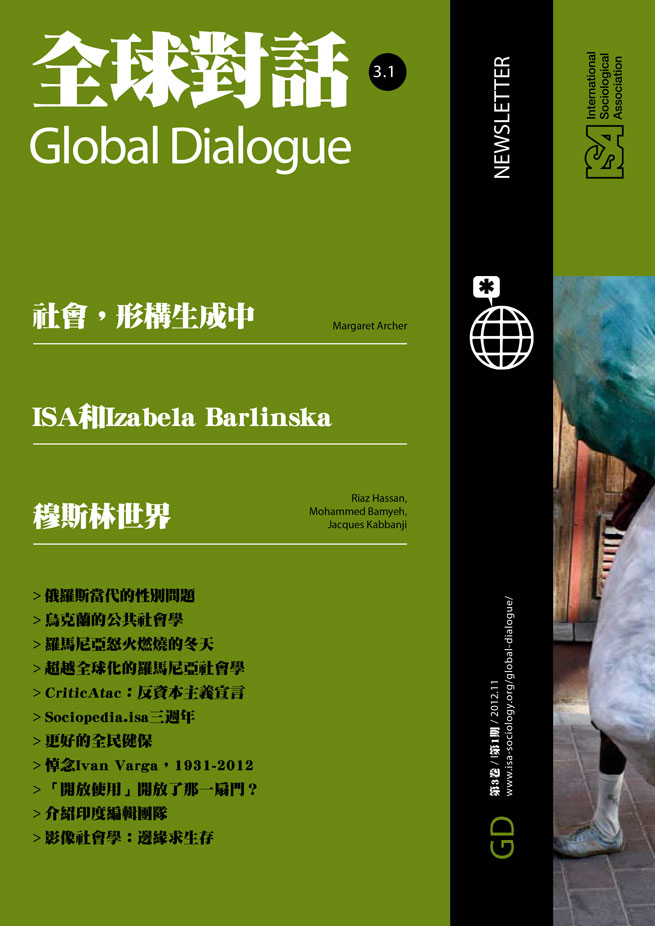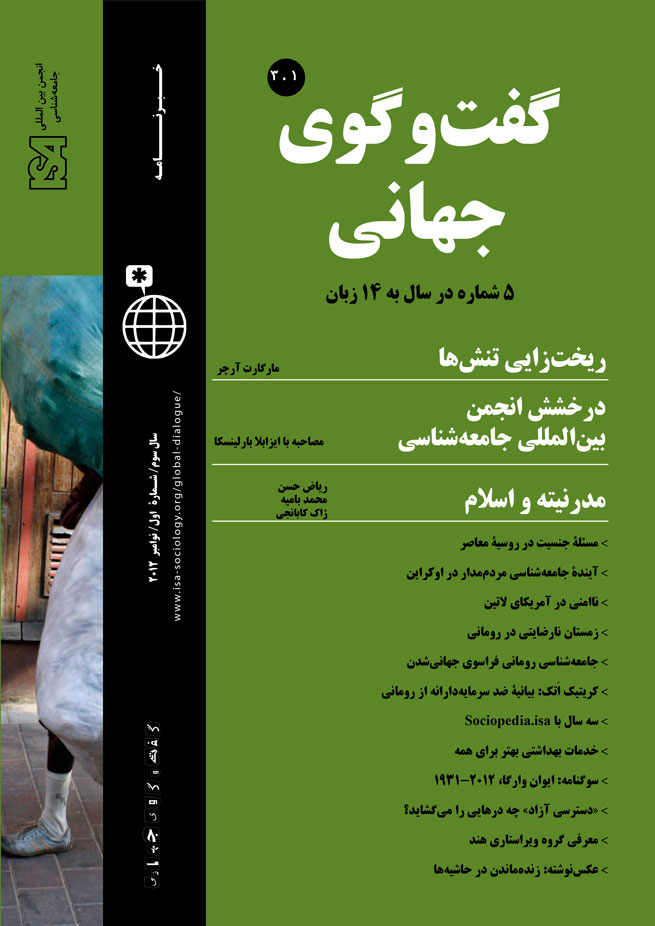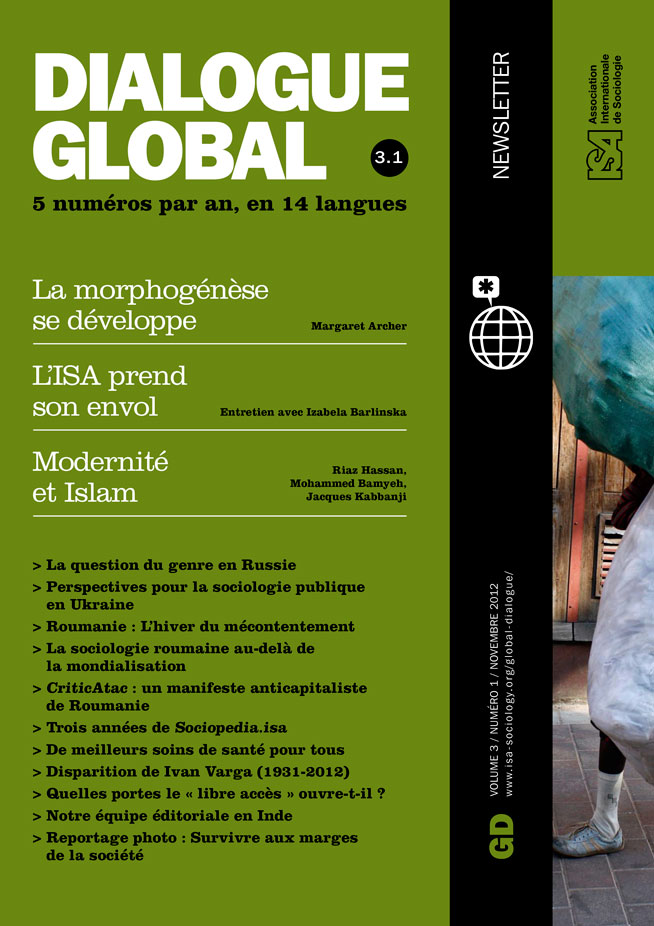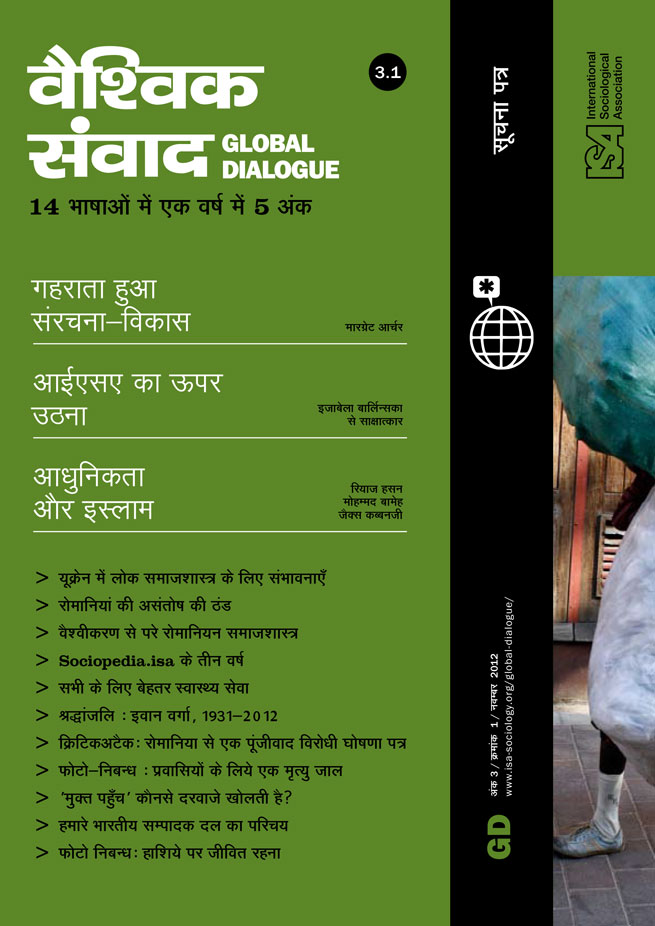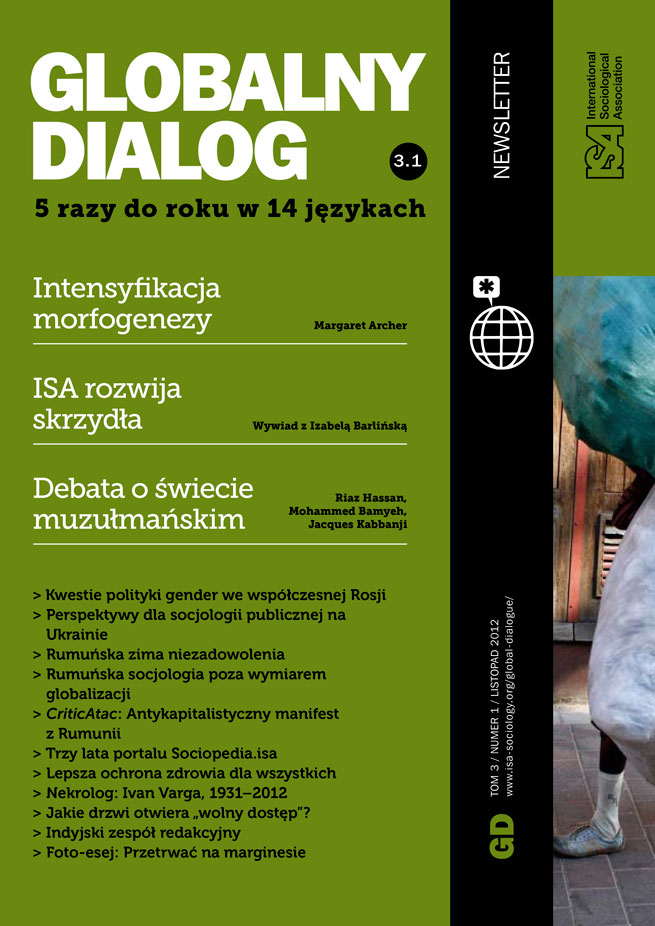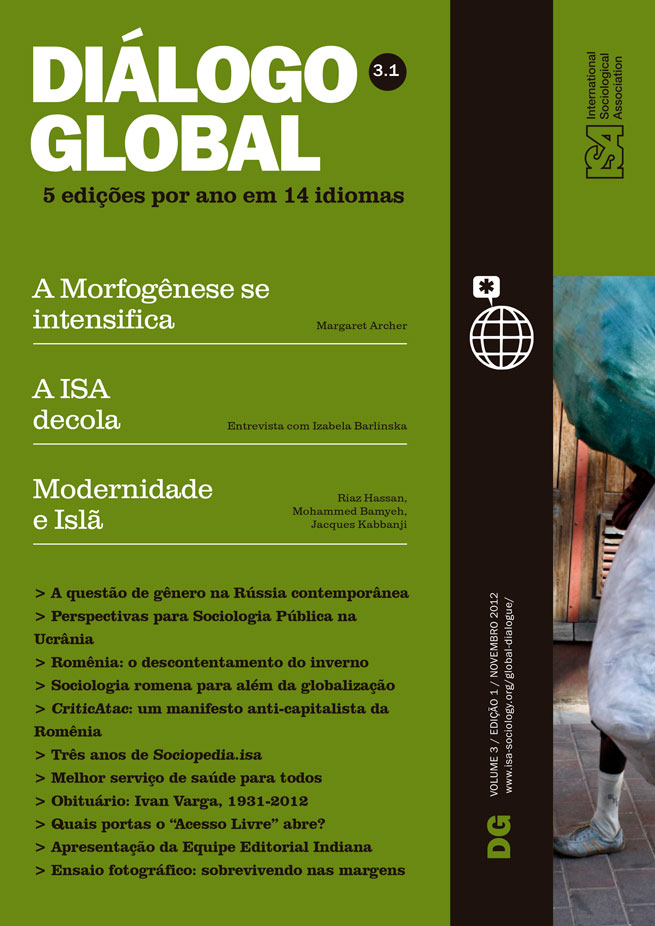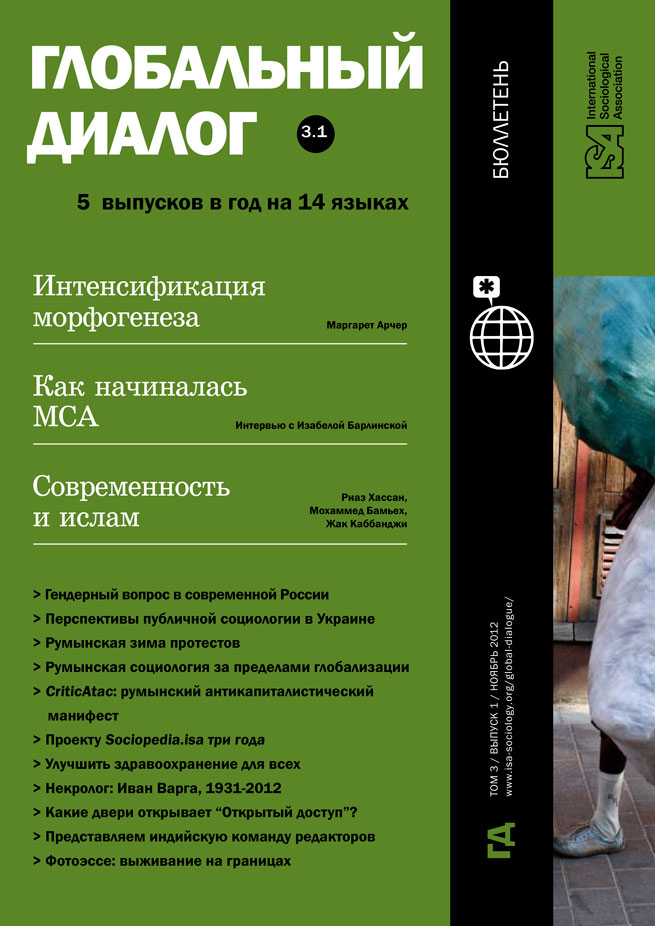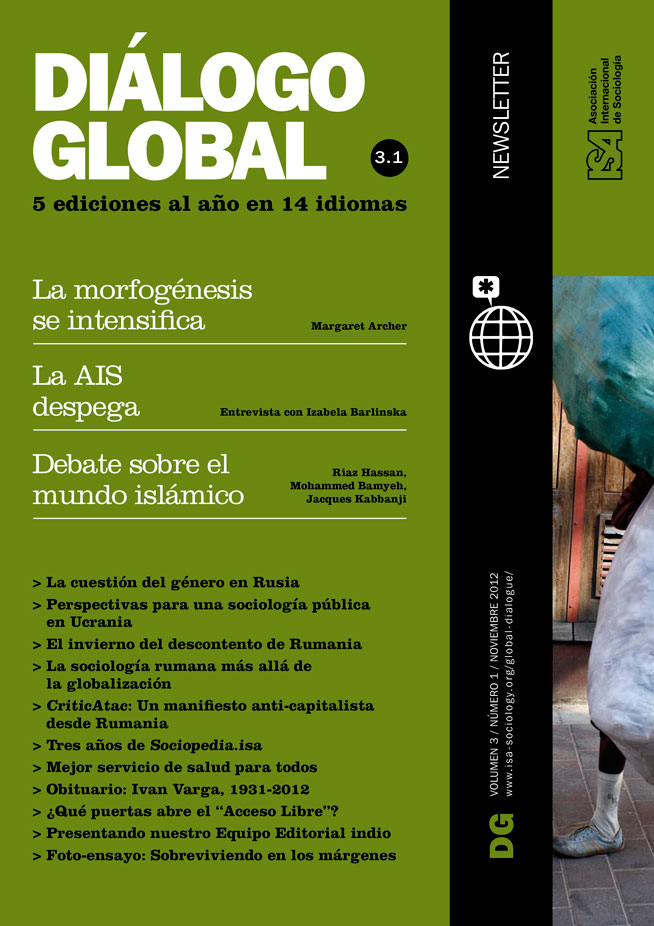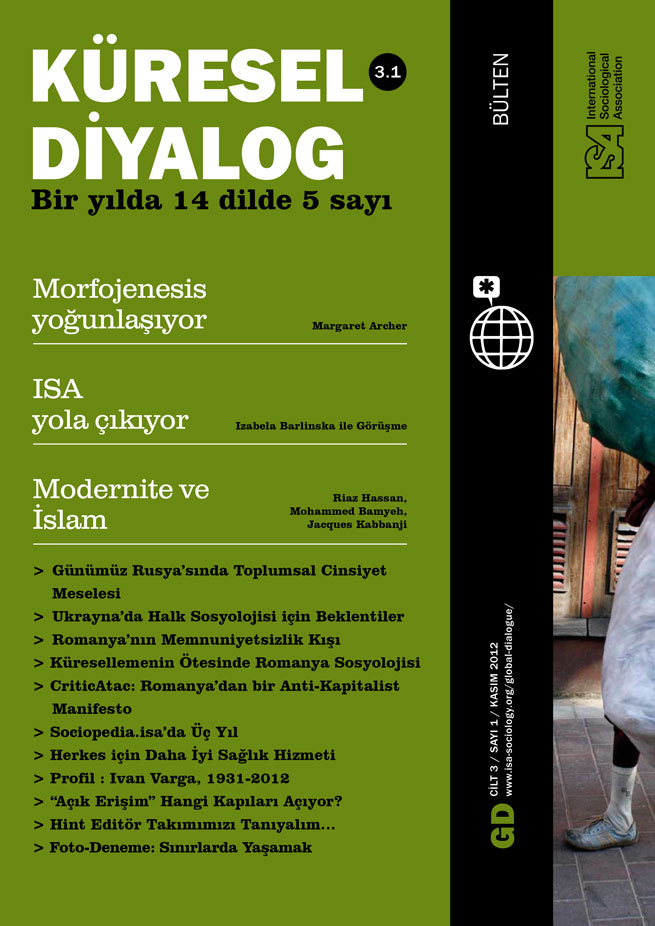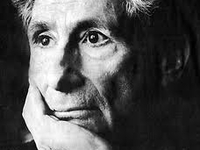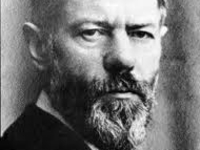Why Does the Muslim World Suffer from Deficits of Freedom, Development and Knowledge?
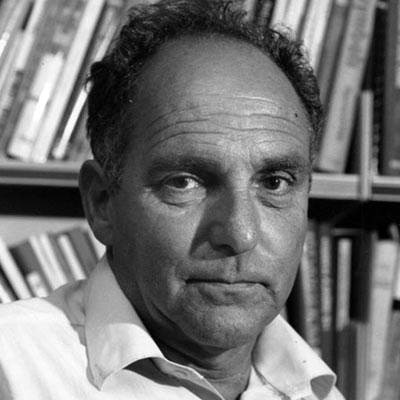
October 28, 2012
In his seminal book Muslim Society, Ernest Gellner boldly asserts: “By various obvious criteria – universalism, scripturalism, spiritual egalitarianism, the extension of full participation in the sacred community, not to one, or some, but to all, and the rational systemization of social life – Islam is, of the three great Western monotheisms, the one closest to modernity” (Gellner, 1983: 7). He goes on to say that had the Arabs won at Poitiers and gone on to conquer and Islamize Europe, we should all be admiring Ibn Weber’s The Kharejite Ethic and the Spirit of Capitalism that would conclusively demonstrate how the modern rational spirit and its expression in business and bureaucracy could only have arisen in consequence of neo-Kharejite puritanism in northern Europe and not if Europe had stayed Christian “given the inveterate proclivity of that faith to a baroque, manipulative, patron-ridden, quasi animistic and disorderly vision of the world” (Gellner, 1983: 7).
But that’s not how it turned out. Today, any observer would have little difficulty assembling volumes of data from the United Nations and World Bank Development Reports to demonstrate the acute development and freedom deficits in the Muslim world. This has given rise to a contentious debate about the causes of these deficits. The culprits identified by social scientists include Islamic theology and culture, oil, Arab-specific culture and institutions, Palestinian-Israel conflict, “desert terrain and institutions”, weak civil society and the subservient status of women.
Development Deficit
Perhaps the most contested debates on the causes of economic backwardness and democratic deficit in the Muslim world center on whether Islam is the main cause of these twin deficits. In regard to economic backwardness the evidence shows that before the balance of power had shifted after the European expansion in the 17th century, the Middle East was economically just as dynamic as Europe. Muslim merchants were just as successful in carrying their commerce and faith to far corners of the world as their European counterparts. According to economic historian Angus Maddison, in the year 1000 AD the Middle East’s share of the world’s Gross Domestic Product was larger than Europe’s – 10 percent compared with 9 percent. By 1700 the Middle East’s share had fallen to just 2 percent and Europe’s had risen to 22 percent. Among Western scholars, the standard explanations for this decline are that Islam is hostile to commerce and bans usury. But these are unsatisfactory because Islamic scripture is more pro-business than Christian texts, and as for usury the Torah and Bible say the same. The Prophet Muhammad and his first wife Khadija were both successful merchants. Many Muslims, however, blame their economic backwardness on Western imperialism. But then why did a once mighty civilization succumb to the West?
Turkish-American economist Timur Kuran (2011) persuasively discards these and related explanations. He marshals impressive empirical evidence to show that what slowed the economic development in the Middle East was not colonialism or geography or incompatibility between Islam and capitalism but laws covering business partnerships and inheritance practices. These institutions had benefited the Middle Eastern economy in the early centuries of Islam but starting around the tenth century they began to act as a drag on economic development by slowing or blocking the emergence of central features of modern economic life – private capital accumulation, corporations, large-scale production and impersonal exchange.
Islamic partnership, the main organizational vehicle for businesses of the Muslim merchant classes, could be ended by one party at will and even successful ventures were terminated on the death of a partner. As a result most businesses remained small and short-lived. Most durable and successful business partnerships in the Muslim world were operated by local non-Muslims. Inheritance customs hindered business consolidation because, when a Muslim merchant died, his estate was split among surviving family members which prevented capital accumulation and stymied long-lasting capital-intensive companies. According to Kuran, then, the resulting organizational stagnation prevented the Muslim mercantile community from remaining competitive with its Western counterparts.
Democratic Deficit
Research by the Harvard economist Eric Chaney (2011) debunks the theories that its root cause is Islam or Arab cultural patterns, oil, Arab-Israeli conflict or desert ecology. Chaney shows the democratic deficit, as reflected in the prevalence of autocracies in the Muslim-Arab world, is real. But it is a product of the long-run influence of control structures developed in the centuries following the Arab conquests. In the ninth century rulers across this region began to use slave armies as opposed to the native population to staff their armies. These slave armies allowed rulers to achieve independence from local military and civilian groups and helped remove constraints on the sovereign in pre-modern Islamic societies. In this autocratic environment, religious leaders emerged as the only check on the power of the rulers. This historical institutional configuration which divided the power between the sovereign backed by his slave army and religious elites was not conducive to producing democratic institutions. Instead, religious and military elites worked together to develop and perpetuate what Chaney calls “classical” institutional equilibrium – which is often referred to as Islamic law – designed to promote and protect their interests.
Ostensibly, religious leaders devised “equilibrium institutions” to protect the interests of the general public but in effect this institutional configuration cast an autocratic shadow across centuries. Rulers came to rely on slave armies, freeing themselves from dependence on civil institutions. Religious leaders cooperated with the army to design a system that proved hostile to alternative centers of power. This concentration of power and weak civil societies are the enduring legacy of this historical institutional framework in regions conquered by Arab armies and which remained under Islamic rule from 1100 AD onwards. However, regions incorporated into the Islamic world after they were conquered by non-Arab Muslim armies, such as India and the Balkans and where Islam spread by conversion (e.g. Indonesia, Malaysia, and sub-Saharan Africa), did not adopt this classical framework. Their institutions continued to be shaped by local elites which preserved their political and cultural continuity. Consequently, the democratic deficit has remained an enduring legacy in the Arab world and in lands conquered by the Arab armies that remained under Islamic rule from 1100 AD onwards. But in the Islamic countries incorporated into the Islamic world by non-Arab Muslim armies or by conversions, democratic developments have followed a more progressive trajectory.
Knowledge Deficit
In the recent 2012 Times Higher Education world rankings of universities, not a single university from 49 Muslim majority countries with a population of 1.2 billion or 17 per cent of world’s population found a place in the top 200 universities in the world. This has been a recurrent pattern over many years and signifies a serious academic and intellectual crisis. By comparison the United States, with less than 5% of the world population, had 75 universities in the top 200.
Several factors can account for this crisis, the most important being the meager resources allocated by Muslim countries to research and development. The science budgets of the Organization of Muslim Countries (OIC) are near the bottom of the world league. According to a recent estimate, based on the UNESCO and the World Bank data, between 1996 and 2003 the average annual research and development for OIC countries spending was 0.34% of GDP, much lower than the global average of 2.36% over the same period. Many OIC countries, particularly the richest, spend more on armaments than on science or health. Six of the world’s top ten military spenders as a share of public spending are OIC countries: Kuwait, Jordan, Saudi Arabia, Yemen, Syria and Oman spent over 7% of their GDP on arms. While the science spending is among the lowest, spending on education is more variable. Malaysia, Saudi Arabia, Yemen, Morocco, Tunisia and Iran were among the top 25 spenders on education in 2002 (Butler, 2006).
According to the World Bank’s “education index” of the poorest performers in 2002, 15 are OIC countries including several African countries, Bangladesh and Pakistan. The low investment in science and technology is also reflected in poor scientific outputs including low levels of scientific articles and number of researchers. In 2003, the world average for production of research papers per million of population was 137. The OIC average was only 13. Not a single OIC country reached the world average. Moreover, with the exception of Turkey and Iran, the numbers of papers produced by 24 OIC countries for which the data are available have either remained flat or declined. Turkey’s publication rate has grown from around 500 in 1988 to 6,000 in 2003. In the case of Iran, from a low base of less than 100 papers per year, ten years ago this number has increased to nearly 2,000 (Butler, 2006).
Part of the obvious explanation for these conditions is related to inadequate public investment in education and R&D. But an important cause of their present predicament can also be attributed to prevailing cultural and political practices. Countries like Korea, Singapore, Taiwan, China and India have taken notable strides in the fields of science and technology and are now among the major emerging economies. Institutions of higher learning thrive in societies with a robust civil society based on institutional and ideological pluralism strong enough to counterbalance and resist the power of the central institutions of the state over power and truth. This is unfortunately lacking in Muslim societies. Most of them have weak and underdeveloped civil societies.
In many Muslim societies there is another, growing obstacle. They are coming under increasing pressure from religious fundamentalist movements to impose epistemologies compatible with their versions of Islamic doctrines that are generally hostile to critical rational thought. This is stifling the development of conditions conducive to the development and growth of vibrant universities. A robust civil society is a prerequisite for the development of countries based not on the tyranny of strongly held convictions and beliefs but on a social order based on doubt and compromise. Science and technology prosper only under conditions that privilege the rule of reason and nature.
In the knowledge economy of the third industrial revolution, the creation of wealth will rely primarily on “brain industries.” The OIC countries produce hardly any patents and are among the lowest exporters of high-tech products. These scientific, technological and intellectual conditions are going to have far-reaching socioeconomic repercussions. The intellectual stagnation of Muslim countries threatens to imprison a significant proportion of humanity in permanent servitude. There is a great urgency to create and nurture conditions promoting academic excellence and to develop strategies to arrest the decline of higher learning. Only this will ensure an honorable survival of future generations of Muslims. This is probably the greatest challenge facing the governments of Muslim countries today.
What are the implications of this for the Arab Spring? Is history destiny? There are some optimistic developments which suggest that it may be possible for the Arab world to escape from its autocratic past. The region has undergone structural changes such as increasing levels of education, urbanization and industrialization over the past 60 years that have made it more receptive and conducive to democratic change than any time in the past. The uprisings of the Arab Spring that have swept the Arab world since 2011 are unprecedented in the region’s history. This does not preclude the emergence of political equilibrium in countries like Egypt and Yemen, similar to the historical equilibrium. On the other hand, countries like Turkey, Albania, Bangladesh, Malaysia, and Indonesia are more likely to defy history than Arab countries but even here poverty and weak civil institutions remain obstacles to democratic change.
References
Butler, D. (2006) “The Data Gap: Statistics on scientific investment and performance are lacking across the Muslim world.” Nature, vol. 444: 26-27.
Chaney, Eric. (2011) Democratic Change in the Arab World, Past and Present. Harvard University Department of Economics and Brookings Institute.
Gellner, E. (1983) Muslim Society. Cambridge: Cambridge University Press.
Kuran, T. (2011) The Long Divergence: How Islamic Law Held Back the Middle East. Princeton: Princeton University Press.
Riaz Hassan, Institute of South Asian Studies, National University of Singapore

